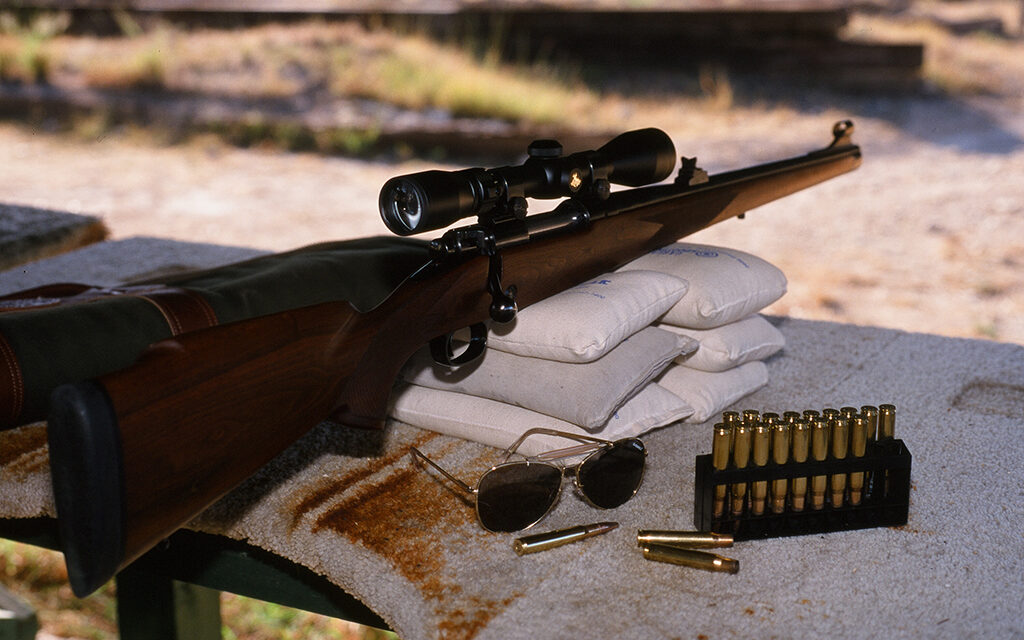by John Jefferson
I love October!
Temperatures finally dropped under a hundred. Nighttime temps even hit the fifties last week! Leaves have started to turn, and some fell. But I felt a little melancholy.
In Octobers past, my friend Billy Harrell and I headed to the shooting range to check our deer rifle sights.
We waited until cooler weather to avoid our gun barrels getting too hot. A hot barrel can sometimes affect a rifle’s accuracy after the first shot or two – like my Winchester Model 70 with a Mannlicher stock. A hot barrel pressing against the full stock can cause inaccuracies.
But my sadness wasn’t about shooting. Letting barrels cool eliminates that. I miss Billy.
He and I had ridden a map full of dusty trails together – and shared more laughs than a Jeff Dunham show. But he’s made his last ride. At least I know where he is.
We never hunted together, but we shared our hunting tales as if we had. And we caught a mess of fish. Precious memories.
I’ve adapted to sighting in my rifle alone. But I still feel a loss.
But sighting in a rifle needs to be done. If nothing else, it gives you a few more trigger pulls, and hopefully a little more confidence when the moment of truth comes during the season. It’s more than just tuning the rifle; it’s about tuning YOU!
Trigger release is most important. The Army teaches it with the word “BRASS.” B means Breathe (take in a deep breath.) R means Release half of it and hold it. A means Aim. (Find your target.) S means Site (Align your site on the target). S means Squeeze (do so Steadily but before your heart starts pounding; NEVER jerk it!).
Another friend and an unrivaled outdoorsman, Charlie Schnable told me once that all hunters should shoot at least six rounds every month. I’ve never accomplished that. Don’t feel inadequate if you haven’t. But the more you shoot, the better you shoot. Those practice shots make us quicker, more confident, and with cleaner results and less wounded game.
If a reader is unsure about how to sight in a rifle, there are ways around that. None of us were born knowing how. If you know a hunter, ask him to help. Most shooting ranges can help if they’re not too busy. We were all beginners, once.
I met a young man at a range one morning. I asked how he was doing. He replied he was having trouble getting his shots into the bull’s eye. All were a little high.
I told him I always sight in about an inch and a half high at 100 yards. That way, if the game is farther away or closer, it should still be a successful shot.
He mulled that over and nodded as he understood it. We introduced ourselves, and I recognized his name. He had been an All-Conference center fielder for my alma mater.
I’ll bet he never skipped Batting Practice, either.
JJ





